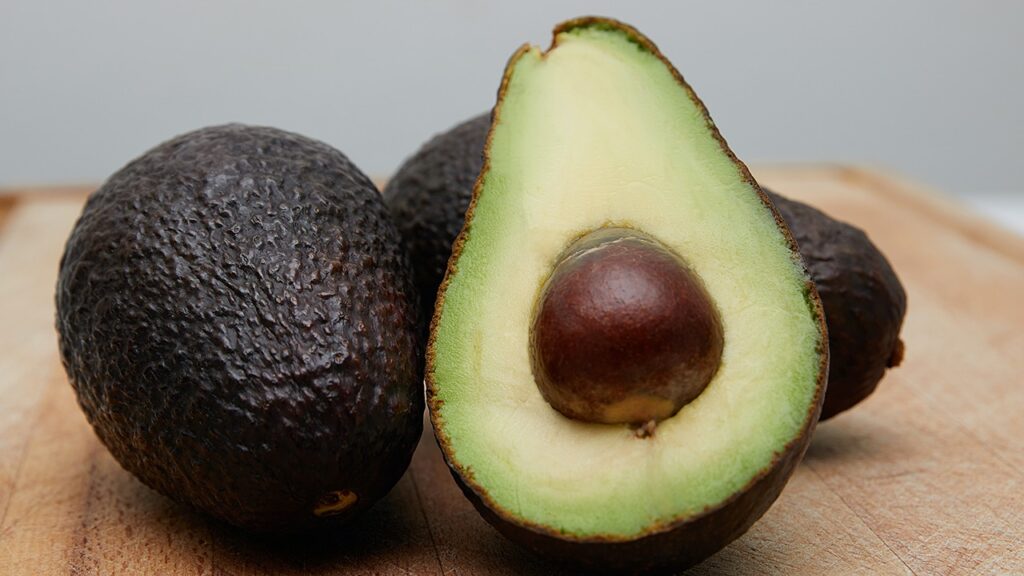The earliest avocado was found in a cave in Coxcatlán, Puebla, Mexico and dates back to around 10,000 B.C.
by John Bagnasco

The word “avocado” came from the Aztec word ahuacatl, which means “testicle,” a reference to the fruit’s resemblance of such.
When the early Spanish explorers first set stepped into the jungles of the Caribbean and Central America they found a large green tree fruit, with leathery skin, a seed like a chestnut and creamy, lime-green flesh unlike anything known in Europe.
It was easy to see why the indigenous people, from Mexico to Colombia, made use of this fatty, flavorful resource. It had been a dietary staple for thousands of years in the Americas, and it quickly spread through the rest of the world. In 1750, the avocado was introduced to Indonesia, in 1833 Florida, in the late 1800s, Australia and in 1908, Israel.
In 1856, avocadoes arrived in California and today orchards near San Diego, Los Angeles and Santa Barbara produce almost 90 percent of the fruit grown in the US. The rich and creamy Hass variety is the majority of production, while a few small farms grow a variety of rarities like Reed, Fuerte, Zutano and Bacon. Meanwhile, Florida’s small industry is focused on varieties like Choquette, Hall and Lulu , which are large, smooth-skinned fruits with juicy, sweet flesh popular among populations of Caribbean immigrants.
Avocado trees bear flowers from January to March and are bisexual. Type A blooms open as female, receptive to pollen, in the morning and then shed pollen, as male, the following afternoon. Conversely, type B flowers open as females and receptive to pollen in the afternoon. They reopen as males and shed pollen the next morning. The flowers attract bees and hoverflies that help in pollination. Type B cultivars just about equal the number of type A varieties. Though self-pollinating avocado varieties are available, production is best with cross-pollination between the two types. Studies show that avocado fruit set increased by 40 to 150 percent when A-type and B-type varieties are grown close together.
